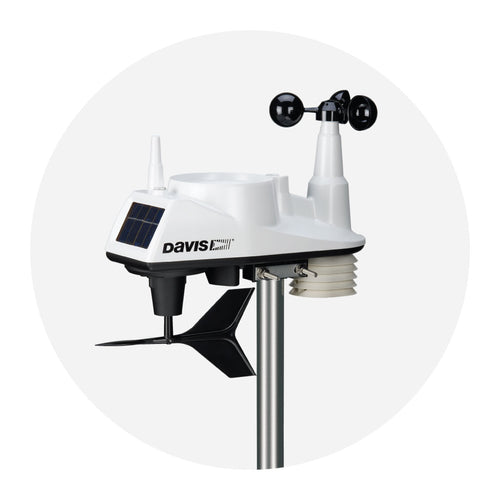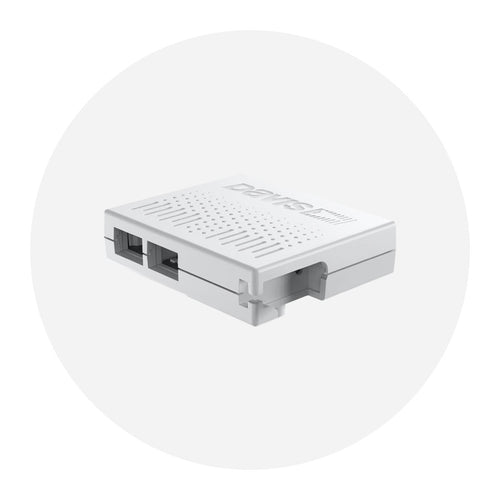Sailboat tacking is a maneuver used in sailing to change the direction of a sailboat when sailing upwind or at an angle to the wind. It is a fundamental technique for changing the side of the boat that faces into the wind in order to make progress towards a desired destination.
During a tack, the bow of the boat is turned through the wind, causing the sails to shift from one side to the other. The main purpose of tacking is to allow the boat to sail against the wind, known as sailing upwind or close-hauled, by utilizing the lift generated by the sails and the angle of attack to create forward motion.
The process of tacking involves the following steps:
- Pre-Tack Assessment: Before starting the tack, the crew observes the wind indicators such as Davis Instruments' WindTrak to assess the current wind direction. Wind indicators are especially useful for determining the side of the boat that is experiencing the wind's flow more directly.
- Preparation: The crew prepares for the tack by easing the sheets (lines controlling the sails) to allow the sails to luff or flap as the bow turns into the wind. This reduces the power in the sails and facilitates the maneuver.
- Helm Turn: The helmsperson turns the boat's tiller or wheel, or steers the sailboat, in the direction opposite to the current tack. For example, if the boat is on a starboard tack, the helmsperson turns the bow to port.
- Passing Through the Wind: As the boat turns into the wind, the sails start to luff. The crew adjusts the sails by trimming them on the new side of the boat to catch the wind and fill again once the bow has passed through the wind.
- Heading on the New Tack: After passing through the wind, the sails fill on the new side as the boat settles onto the new tack. The crew trims the sails and adjusts the course as necessary to continue sailing in the desired direction.
- Post-Tack Evaluation: After completing the tack, the crew continues to monitor the wind indicators to confirm that the boat has settled onto the new tack and to fine-tune the sail trim. The wind indicators provide ongoing information about the wind's behavior and help the crew make any necessary adjustments.

Tacking allows a sailboat to make progress upwind by zigzagging or sailing a series of angled courses known as "tacking angles." This maneuver is essential for sailboats that cannot sail directly into the wind but need to reach a destination upwind by using a series of tacks.
Tacking requires coordination and communication among the crew members to ensure a smooth and efficient maneuver. It is a fundamental skill in sailing and allows sailors to navigate effectively in various wind conditions and reach their intended destinations.





















